THE CLOUD OF UNKNOWING
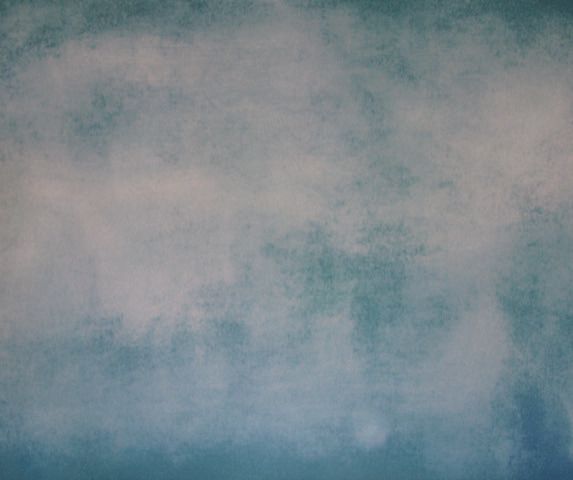
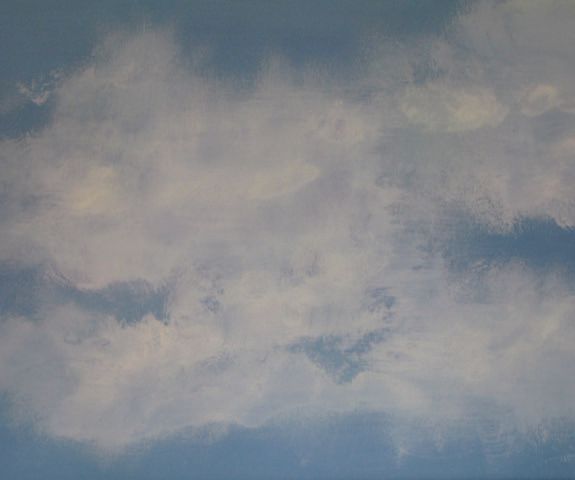
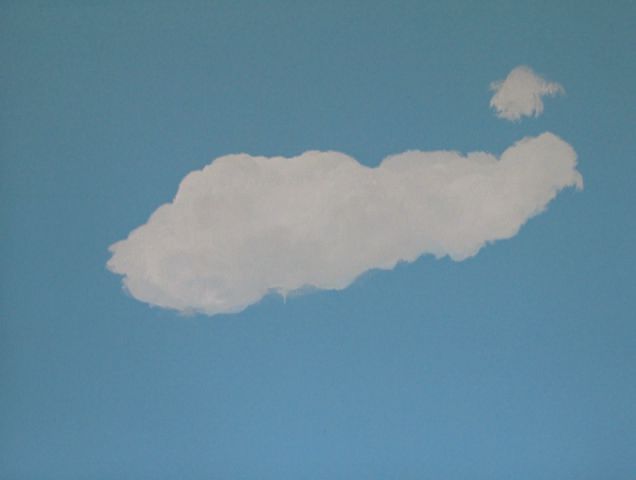
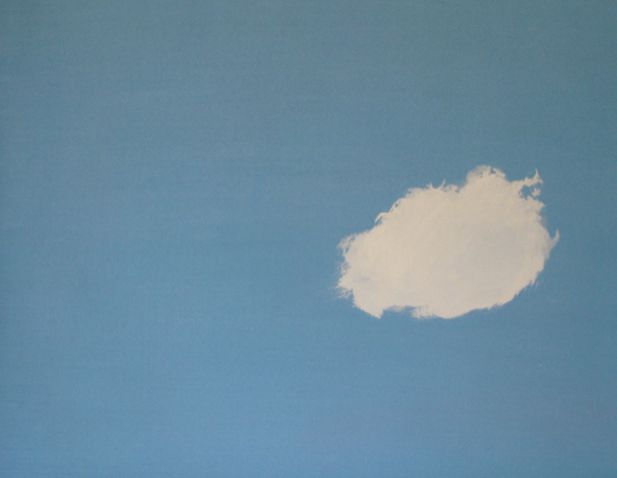
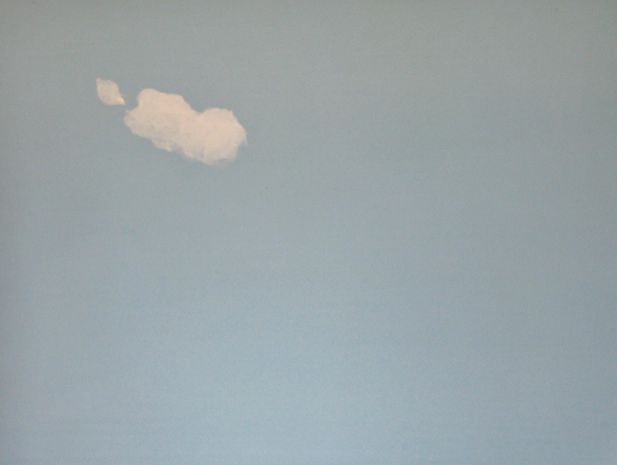
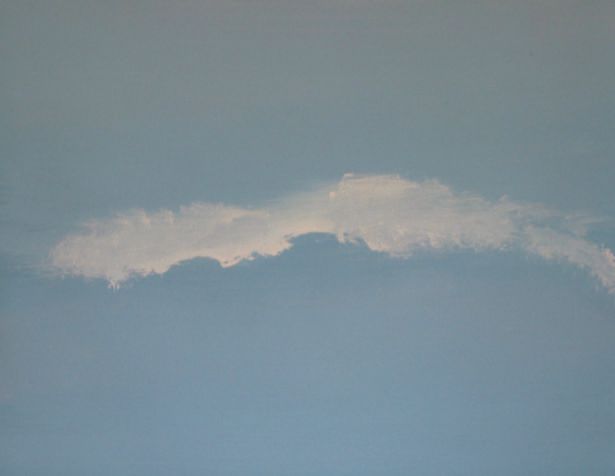
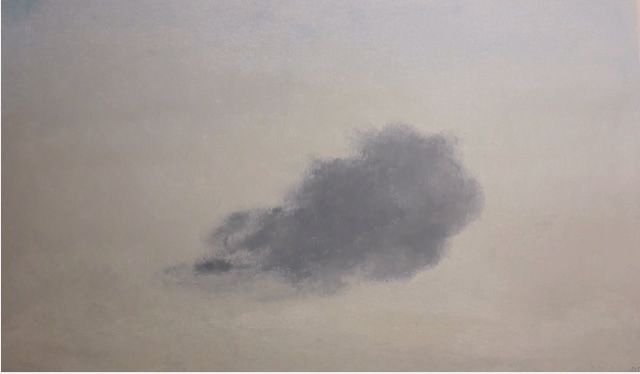
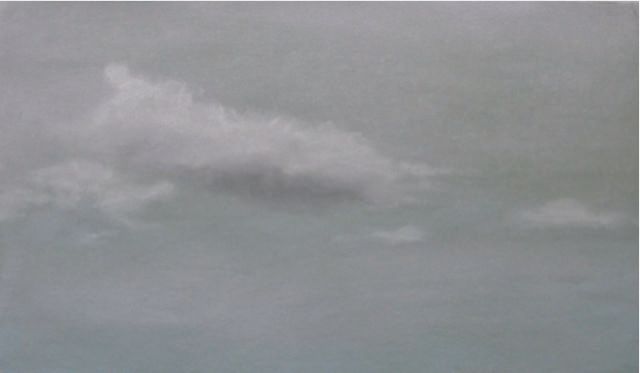
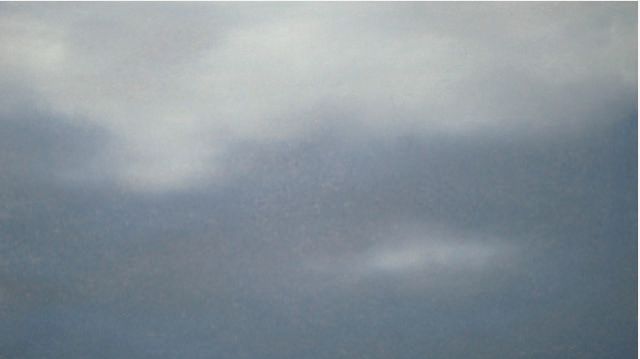









Alicia Marsans has been painting clouds for several years now, an endeavour which is somehow redundant. In fact she paints, much like she always has, painting itself. But in this case she plays with a very obvious duplicity that has forever accompanied painting: its raw materiality on the one side and its figurative capacity on the other. Representation is in this case especially volatile, since clouds are shape-shifters. Or perhaps they aren’t as volatile as they appear, because whatever shapes Alicia paints (whether it be a flat and almost caricaturesque white blob or an indefinite smudge of pink pastel) we cannot help but see clouds; clouds which confuse us and distract us from the materiality of painting, but also lead us inevitably to an encounter with it.
The Cloud of Unknowing is the title of a 14th century English spirituality manual. It announces its intentions from the beginning: to deal with that cloud in which the soul is united with God. Obviously, Alicia Marsans’ painting is not pious, although it might bear some resemblances to a pagan cult, like all painting that is powerfully anchored in its materiality. These clouds are, following the analogy we propose, the clouds in which the painter is united to painting: a contemplative practice which is much more closely linked to the “un-beyond” than to the religious sense of beyond.
It is interesting to verify how easily the idea of God can be replaced by the idea of Painting in this mystical text. If read in that key, The Cloud of Unknowing becomes a magnificent treatise on painting. Let’s try this out with the following excerpts:
“Lift up your heart to painting with a gentle stirring of love. Focus on painting alone. Want painting, and not anything its made. Think of nothing but painting. Don’t let anything else run through your mind and will. Here’s how. Forget what you know. (...) It may seem an irresponsible attitude, but believe me, let yourself be guided (...) Do this work until you feel the delight of it. In the trying is the desire. The first time you’ll only experience a darkness, like a cloud of unknowing. You won’t know what this is. You’ll only know that in your will you feel a simple reaching out to painting. You must also know that this darkness and this cloud will always be between you and painting, whatever you do. You will feel frustrated, as your mind will be unable to grasp it (...) So be sure to make your home in this darkness. Stay there as long as you can (...) It’s the closest you can get to painting, by waiting in this darkness and in this cloud.”
Some will wonder if contemplation is not a trivial exercise nowadays, in a convoluted time in which it is deemed necessary to inform oneself, to position oneself, to do. But in painting there is no room for the absolute veracity of facts. Moreover, as The Cloud of Unknowing reminds us, the facts of painting will probably distract us from the encounter with painting itself. This encounter demands many hours alone with paint- ing, quietly lost in the cloud of unknowing.
It is a cruel irony that this may seem an easy or irresponsible task to some when anyone who has ever painted knows full well that it is an admirable act of resistance.
Claudia Rodriguez Ponga
© Alicia Marsans. All Rights Reserved | Design by W3layouts